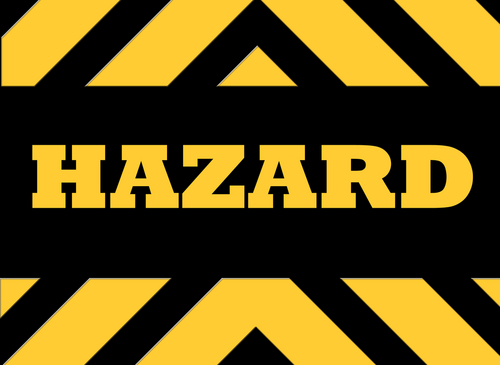 |
Understanding the GHS: 10 Things to Know Before 2015
1) The GHS is not a “model” standard that must be adopted as is and implemented as such. Instead, it uses a “building block approach” that provides all of the different regulatory components (i.e., the building blocks) that can be used by any regulatory agency. So while OSHA is responsible for overseeing worker safety, other regulatory bodies can also use the GHS for environmental protection from pesticides, transportation safety, and consumer safety by adopting only those building blocks that fit their needs. In fact, even within OSHA’s HCS, three different sets of standards were modified according to their specific provisions including General Industry at 29 CFR Part 1910, Construction at 29 CFR Part 1926, and Maritime including Shipyards at 29 CFR Parts 1915, Marine Terminals at 29CFR Part 1917, and Longshoring at 29 CFR Part 1918.
Learn an overview of the revised hazard communication standard with a focus on the new MSDS format, the new label requirements and training and much more during our in-depth webinar on March 24, 2014.
Register Now
2) Under the GHS, hazard communication requirements are directly linked to the hazard class such as carcinogen, explosive, etc., each of which may have more than one hazard category. In the case of carcinogenicity, for example, there are two hazard categories, while the explosives class has seven categories. For mixtures, the GHS uses a tiered approach to determine which category is the most appropriate: The first tier considers the mixture as a whole; the second tier allows the use of “bridging principles” to estimate hazards based on information about components; and the third tier involves use of cut-off values based on the composition of the mixture or, for acute toxicity, a formula that is used for classification. This methodology provides for greater use of the data that is available on mixture components, especially for acute effects.
3) Once a chemical is classified, the GHS supplies the “core information” that must be provided to users. Core information includes three main elements reflecting the degree or severity of the hazard:
i) a harmonized signal word (e.g., danger),
ii) a pictogram (e.g., skull and crossbones), and
iii) a hazard statement (i.e., fatal if swallowed).
These three elements help to fulfill the goal of creating labels that provide an immediate visual reminder of chemical hazards using a consistent format, standardized signal words and hazard statements as well as the pictograms, which help to reinforce written information for low-literacy populations.
Join us on March 24 for an in-depth webinar where our expert, a seasoned EHS professional who has been intimately and actively following the hazard communication standard revision, will provide a practical way to assure ongoing compliance with the training, labeling, and MSDS requirements of the new standard.
4) Precautionary statements are also required on labels and while they are not yet considered formally harmonized in the GHS, they are numbered or codified to enable referencing in a “shorthand” form, which helps regulating agencies better organize them in regulatory texts. Chemical manufacturers also have the option of providing supplementary information above and beyond the required core information and precautionary statement. Like the core elements listed above, precautionary statements can provide useful instructions for protecting against chemical-related injuries and illnesses.
5) Signs required in substance-specific standards are also updated to be consistent with GHS labeling language requirements (specifically terminology) as is the language associated with labels for contaminated clothing, personal protective equipment (PPE), and waste and debris, although these latter aspects were not addressed in the GHS and the changes are, again, only to ensure consistency.

Short, sweet, to the point, FRc-EexaEtly as information should be!
Hey there! I’m just done looking at your posting and I fairly enjoyed it. TED: Ideas worth spreading at Positive Psychology is damn good! I had a couple of doubts in the starting of the post though, but I kept on reading and I am glad I did. Pleasant interesting post, blogger! Continue publishing and I am going to undoubtedly be returning soon. Thanks and best regards.
A uncomplicated page, with demure colors and don’t mind the possible lack of fireworks from this to feel the pleasure when reading threads. As you can see on any side to do something quick and while doing so very fulfilling!
I have posted a new video of Dieter Stanzeleit book launch at Bucharest and it look fantastik! You are the best in the world! The changes are very good indeed !